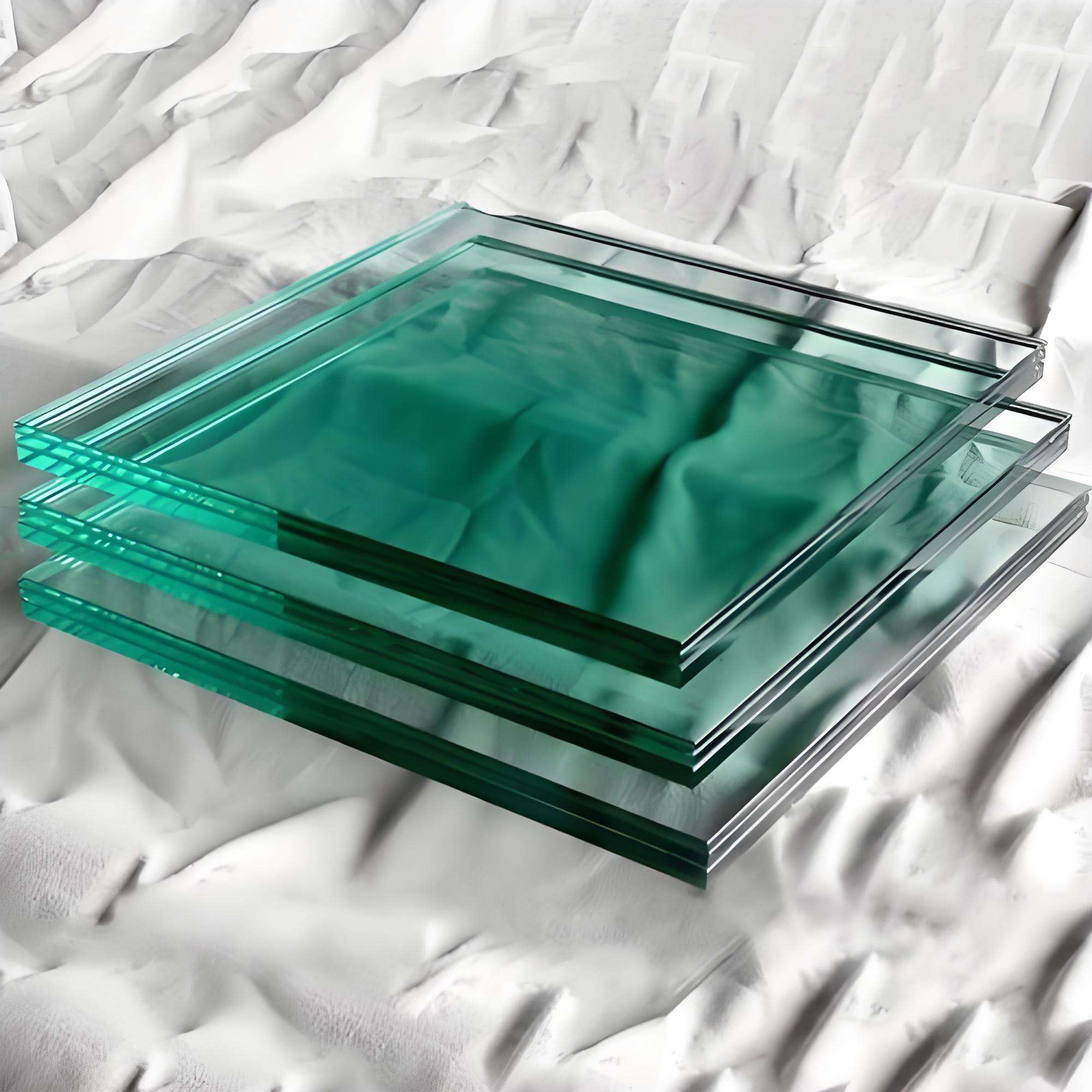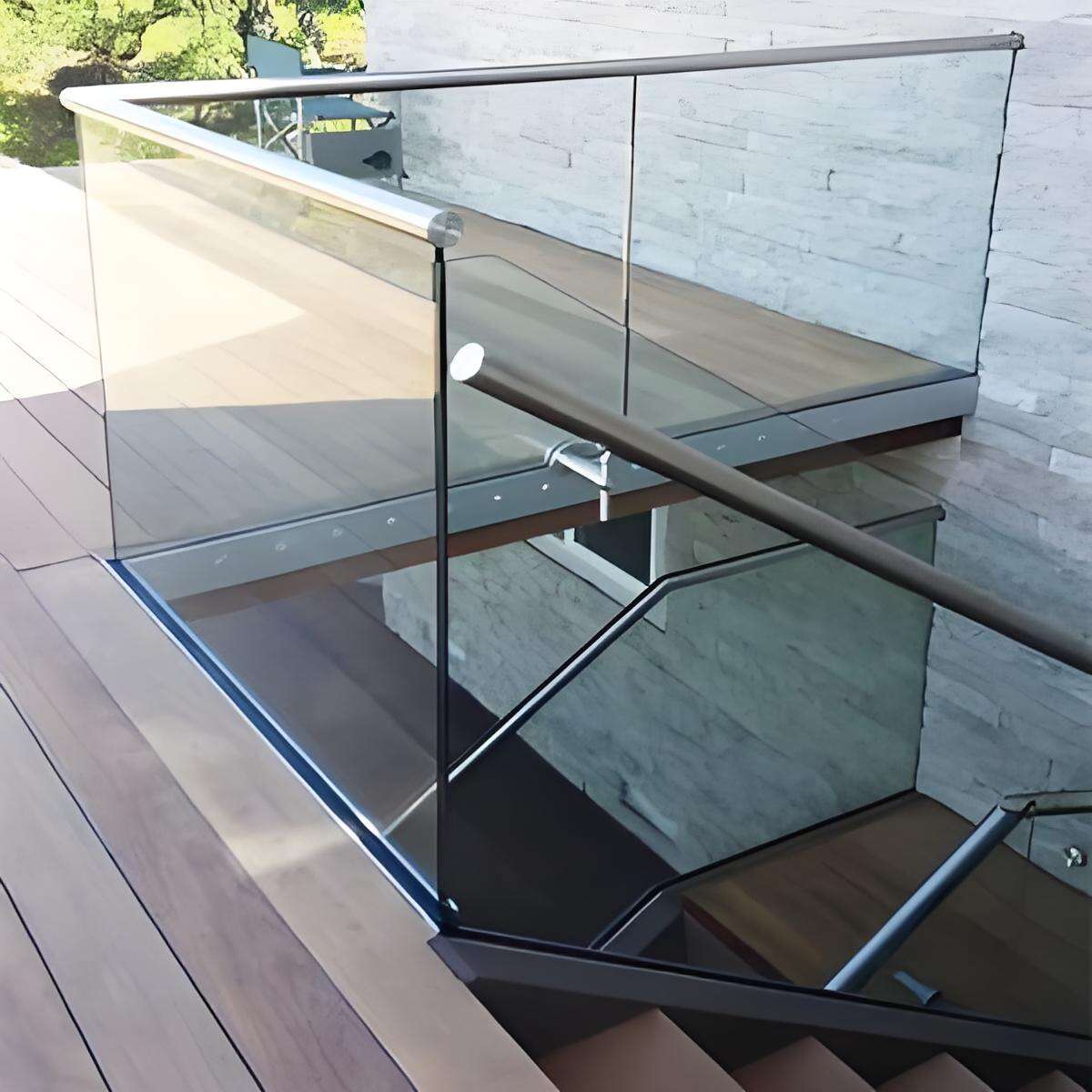Superior Optical Clarity and Light Transmission
The exceptional optical clarity of low iron glass sets it apart as a premium glazing solution. Through advanced manufacturing processes that minimize iron content, this glass achieves unprecedented levels of transparency. The reduction in iron oxide content to less than 0.01% eliminates the greenish tint commonly found in standard glass, resulting in true color transmission and crystal-clear views. This superior clarity enables light transmission rates of up to 91%, significantly higher than the 83% achieved by conventional glass. The enhanced light transmission capability proves particularly valuable in applications where natural light maximization is crucial, such as in solar panels, greenhouses, and architectural designs emphasizing daylighting. The glass's exceptional clarity ensures that colors appear true to life, making it ideal for retail displays, museum cases, and high-end residential applications where aesthetic precision is paramount.


